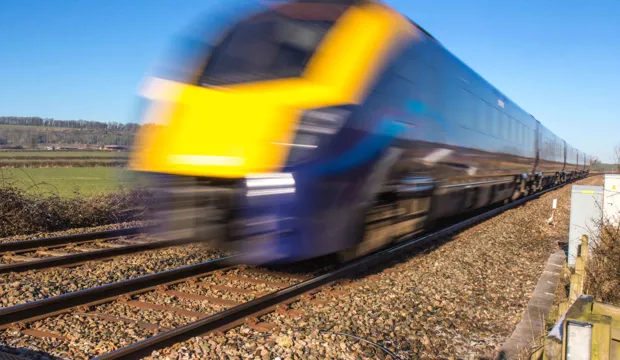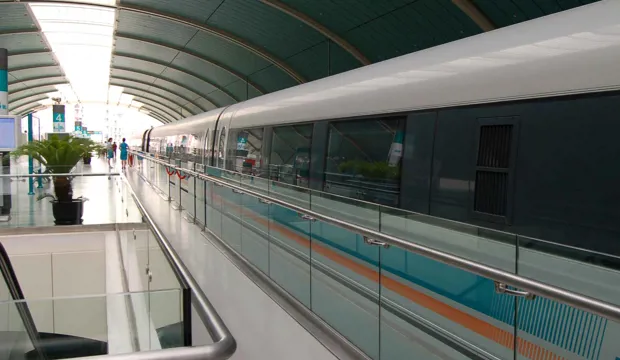
Use the Speed Equation to Calculate Journey Times
Calculate journey times from one country to another
A costly and sometimes very long aeroplane journey is currently the only option if you intend to travel a long distance. However, what about in the future? One method that has been proposed is the vacuum tube train. The vacuum tube train may be able to reach speeds of 4,000 mph, but is it a realistic option?
Activity: Use the Speed Equation to Calculate Journey Times
In this fun maths activity for KS3, students will use the speed equation to calculate how long it takes to travel to destinations around the globe from the UK via today’s global transport options. They will then be introduced to a new concept in global travel: the vacuum tube train.
Students will work in pairs or small groups to complete the tasks on the handouts below. Handout Journey Times A is for higher-ability students, and Journey Times B is for the less able. Students completing the handout Journey Times A may have to be informed/reminded of the speed = distance/time equation and how to use it to calculate the journey times.
This activity can be used to introduce ideas about the environmental, economic, ethical and social impacts of each type of global transport. For example, comparing fuel efficiencies, the impact of infrastructure on the environment and how polluting they are.
How do you calculate speed?
The speed equation is speed = distance/time.
Where speed is measured in kilometres per hour (km/h), distance is measured in kilometres (km), and time is measured in hours (h).
For example, if the distance between London and Paris is 340 kilometres and the speed of a plane is 800 kilometres per hour, then the journey time would be 340 km / 800 km/h = 0.425 hours.
In other words, the plane would take about 25 minutes to fly from London to Paris.
Suggested learning outcomes
By the end of this activity, students will be able to calculate time using the speed equation, and they will be able to identify issues surrounding global transport.
The engineering context
Engineering has constantly propelled human progress, and the vacuum tube train is a testament to this innovation. This cutting-edge transportation marvel utilises sealed tubes to create a low-pressure environment, drastically reducing air resistance. Maglev technology suspends the train, eradicating friction for unparalleled speed.
The engineering behind the vacuum tube train merges aerodynamics, materials science, and electromagnetic systems, enabling mind-boggling velocities. As we strive for more sustainable and efficient transit solutions, this exemplifies the potential of engineering to reshape our world, revolutionising travel and underscoring the limitless possibilities when science and ingenuity converge.
Download the free activity sheet below!
All activity sheets and supporting resources are free to download, and all the documents are fully editable so that you can tailor them to your students and your schools’ needs.
The activity sheet includes teacher notes, guidance, helpful web links, and links (where appropriate) to the national curriculum in the four devolved UK nations: England, Northern Ireland, Scotland and Wales.
Please share your classroom learning highlights with us @IETeducation
Available Downloads

Activity overview
Around the World activity description, teachers' notes and curriculum links.

Presentation
What is the future of global transport?

Journey Times A
handout asking students to recommend the most appropriate form of transport for the journey type and distance covered.

Journey Times B
Student handout for students to work out different journey times for different modes of transport, with a step-by-step guide of how to work these out.

Jet APU - Podcast
Produced by Fun Kids Radio as part of the Techno Mum series, which aims to explain the technology behind Jet APU.


